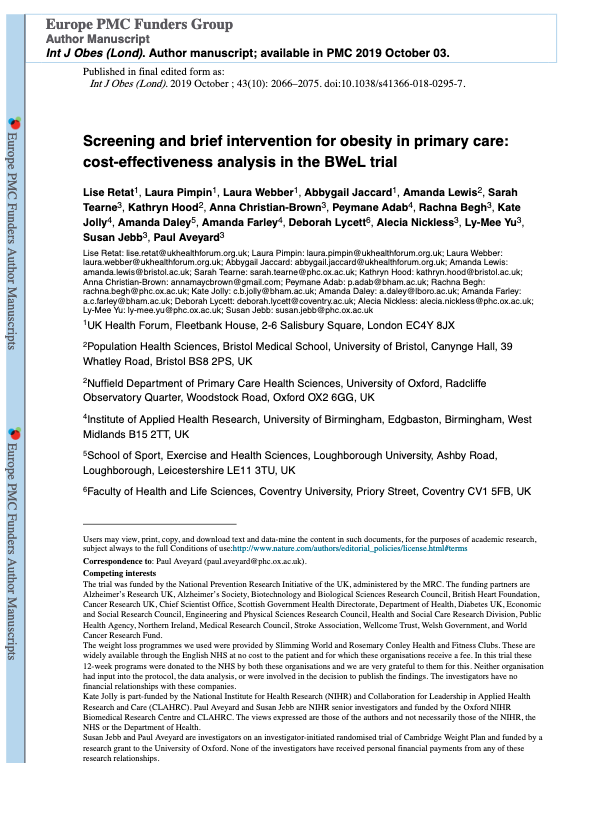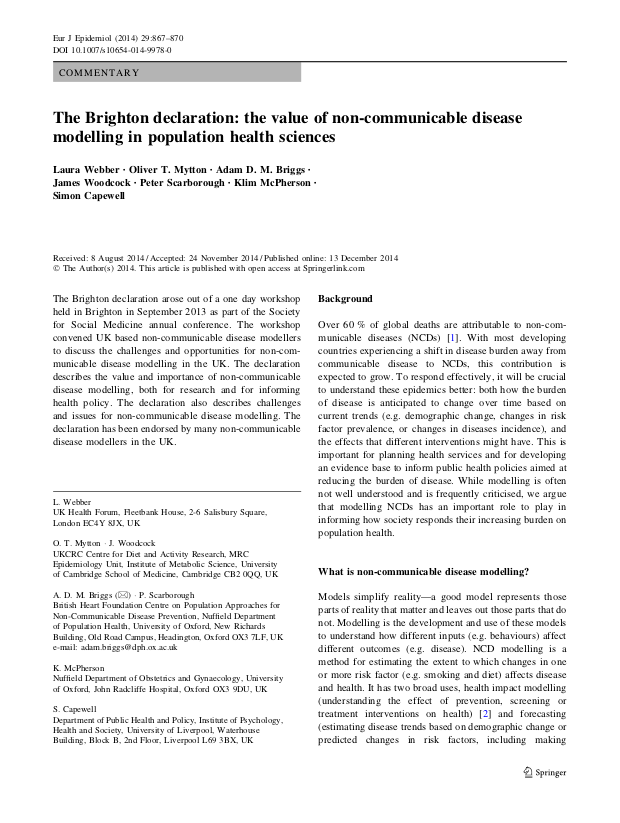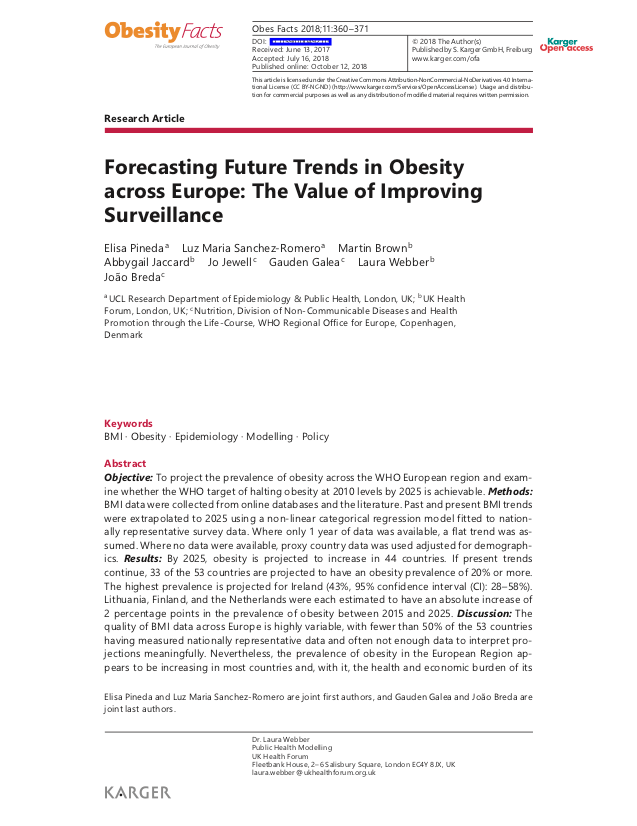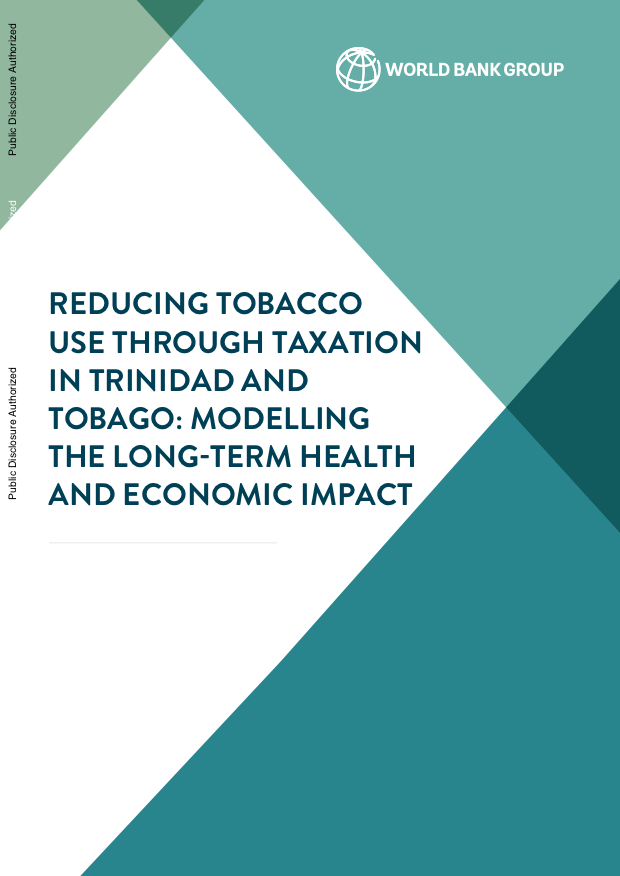Categories
We’ve answered many different kinds of questions for many different organisations in over 70 countries. They include:

Obesity in primary care: Screening and brief intervention
The Brief Intervention for Weight Loss Trial enrolled consecutively attending primary care patients who were obese and participants were randomised to physicians opportunistically endorsing, offering, and facilitating a referral to a weight loss programme (support) or recommending weight loss (advice). We use a cohort simulation to predict effects on disease incidence, quality of life, and healthcare costs over 20 years.

Aiming High: Why the UK should aim to be tobacco-free
Smoking is still the biggest preventable cause of cancer in the UK, and the biggest cause of premature mortality and health inequalities. This study used a state of the art simulation model to measure dynamic changes in smoking prevalence in the UK over time by age, gender, sex and socio-economic status.

The Brighton declaration: the value of non-communicable disease modelling in population health sciences
The Brighton declaration arose out of a one day workshop held in September 2013 as part of the Society for Social Medicine annual conference. The declaration describes the value and importance of non-communicable disease modelling, both for research and for informing health policy. This article, written by the UK Health Forum modelling department, discusses the declaration.

Inequalities in smoking and obesity in Europe predicted to 2050
This study projected educational inequalities in obesity and smoking prevalence to 2050 based on past obesity and smoking trends by education level. The conclusion was that widening educational inequalities in obesity and smoking prevalence are expected in several European countries if current trends in obesity and smoking prevalence are unaltered. This will impact on inequalities in morbidity and mortality of associated diseases such as diabetes, coronary heart disease and chronic obstructive pulmonary disease.

Forecasting Future Trends in Obesity across Europe: The Value of Improving Surveillance
This project projected the prevalence of obesity across the WHO European region and examined whether the WHO target of halting obesity at 2010 levels by 2025 is achievable. The results were that by 2025, obesity is projected to increase in 44 countries. If present trends continue, 33 of the 53 countries are projected to have an obesity prevalence of 20% or more.

Reducing Tobacco Use Through Taxation in Trinidad and Tobago : Modelling the Long Term Health and Economic Impact
In this World Bank report, our microsimulation model predicted the health and economic impacts of increasing tobacco tax in Trinidad and Tobago. Tobacco is a major contributor to the rise in Non-Communicable Diseases (NCDs) and is often linked to the increase in cardiovascular and respiratory diseases and various forms of cancer. This study quantifies the impact of increasing tobacco tax in Trinidad and Tobago on the future burden of smoking-related diseases.